A common metal just unlocked a powerful, low-energy shortcut to faster electronics.
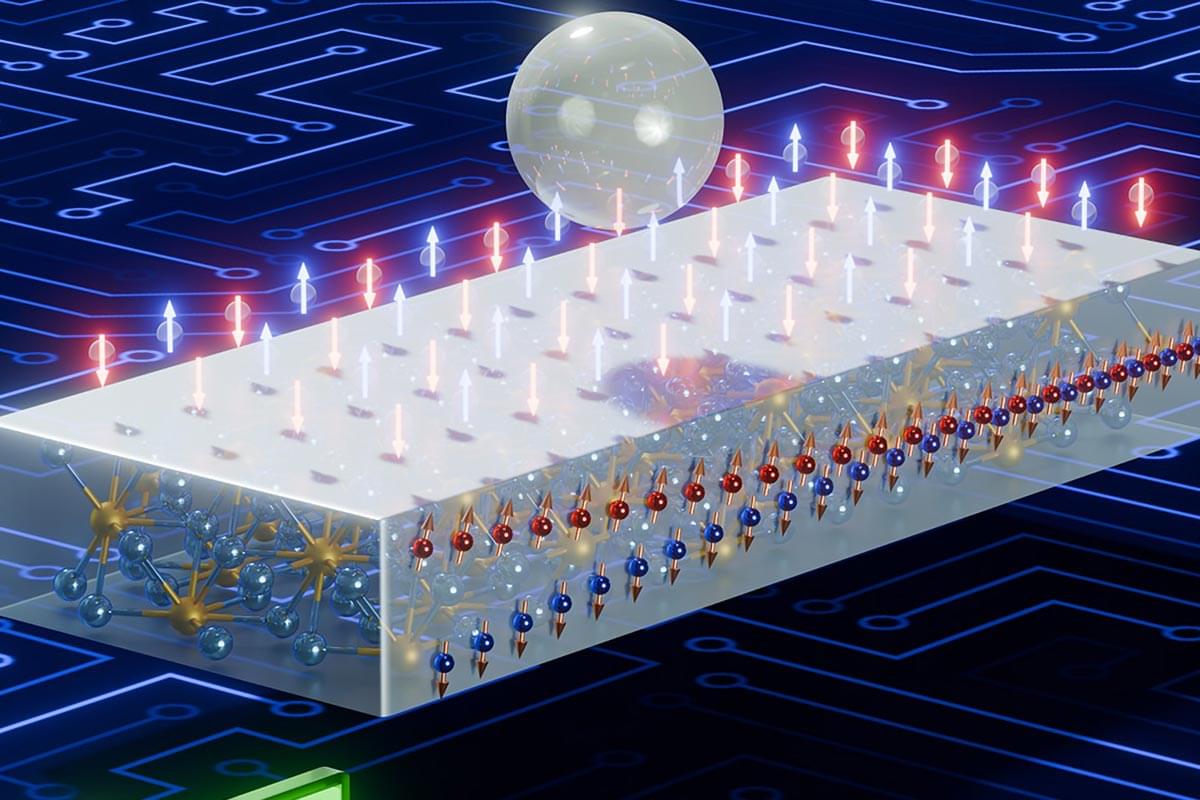

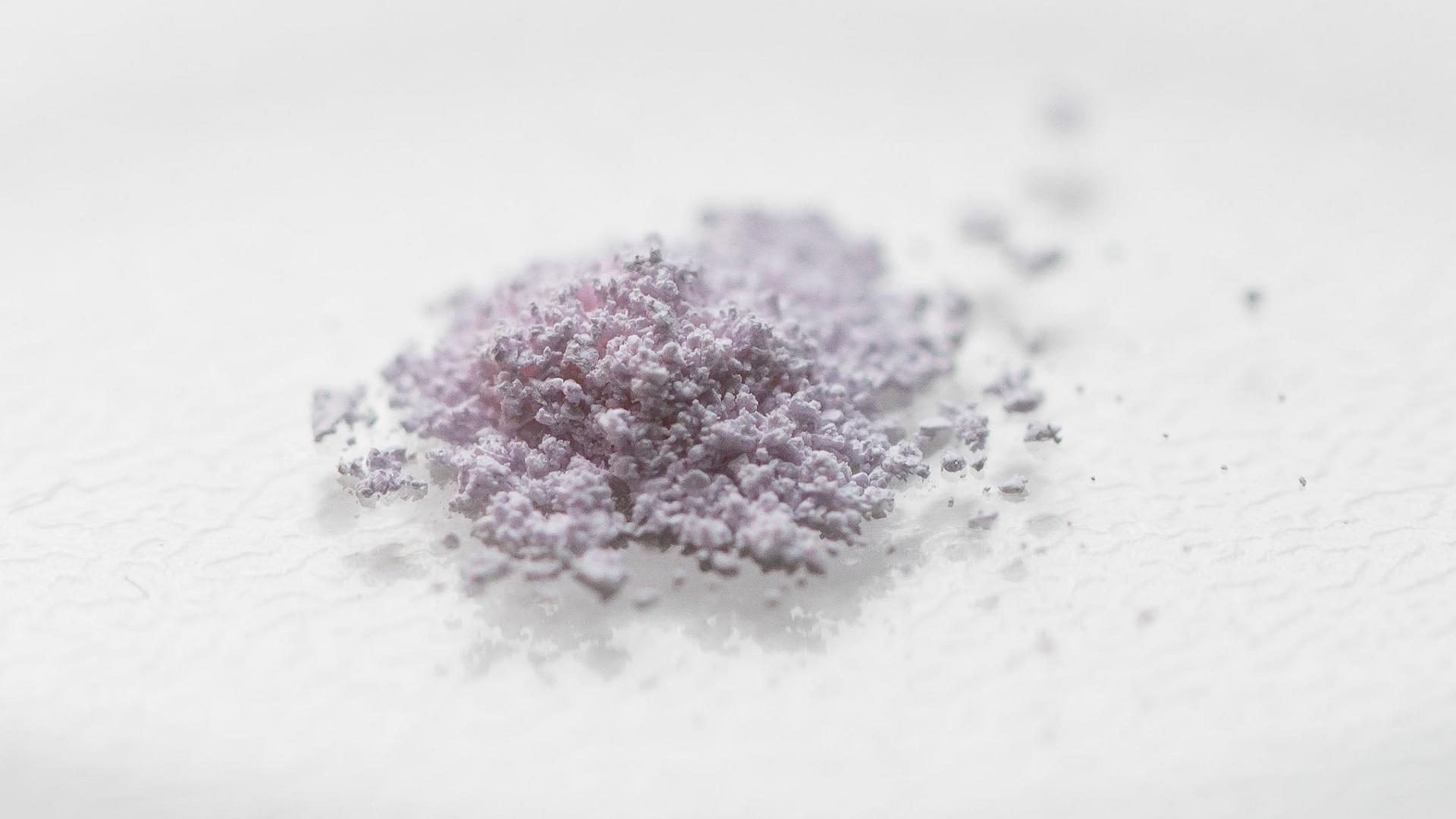
A rare earth breakthrough could rewrite the rules of recycling.
Scientists at IOCB Prague have developed a cleaner, smarter way to recover these critical elements, crucial to technologies from smartphones to wind turbines.
The technique can efficiently extract metals like neodymium and dysprosium from discarded magnets, bypassing the toxic solvents and waste generated by conventional processes.
With global demand for rare earths soaring, the need for sustainable recovery methods has never been greater.
ICOB Prague’s chelator tech separates rare earths cleanly—and just revealed holmium’s surprise EV comeback.

If you’re in an earthquake-prone area and own an Android phone, it could save your life. It may even have already done so. The Android Earthquake Alert (AEA) system, which began in the U.S. in 2020 and has since expanded globally, sends an automatic alert approximately one minute before the ground starts shaking. That can be enough time to take cover or warn others nearby.
In a new paper published in Science, Google explains how its detection system, which is built into most Android phones, works. They also share insights from its first years of operation and the improvements they’ve made.
Between 2021 and 2024, the AEA system sent warnings to millions of people in 98 countries. This included more than half a million people in Turkey and Syria who received an alert on February 6, 2023, just before a magnitude 7.8 earthquake struck. Overall, Google’s researchers report that alerts were issued for 1,279 events, with only three of them being false alarms, two of which were triggered by thunderstorms.
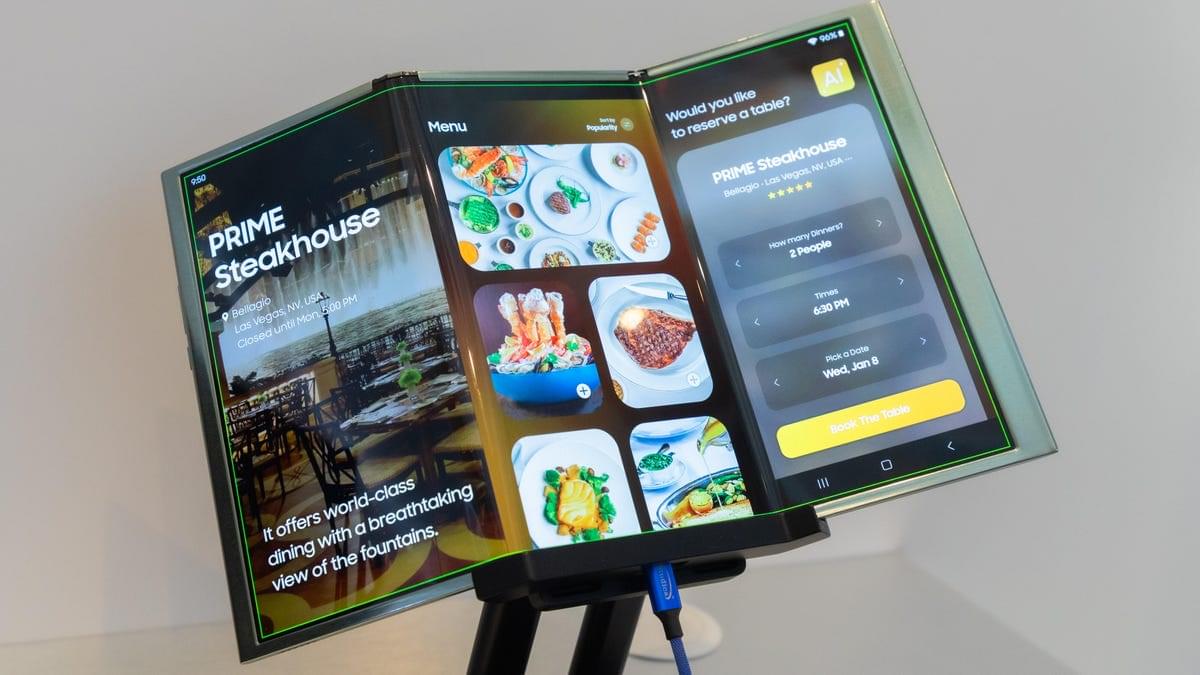
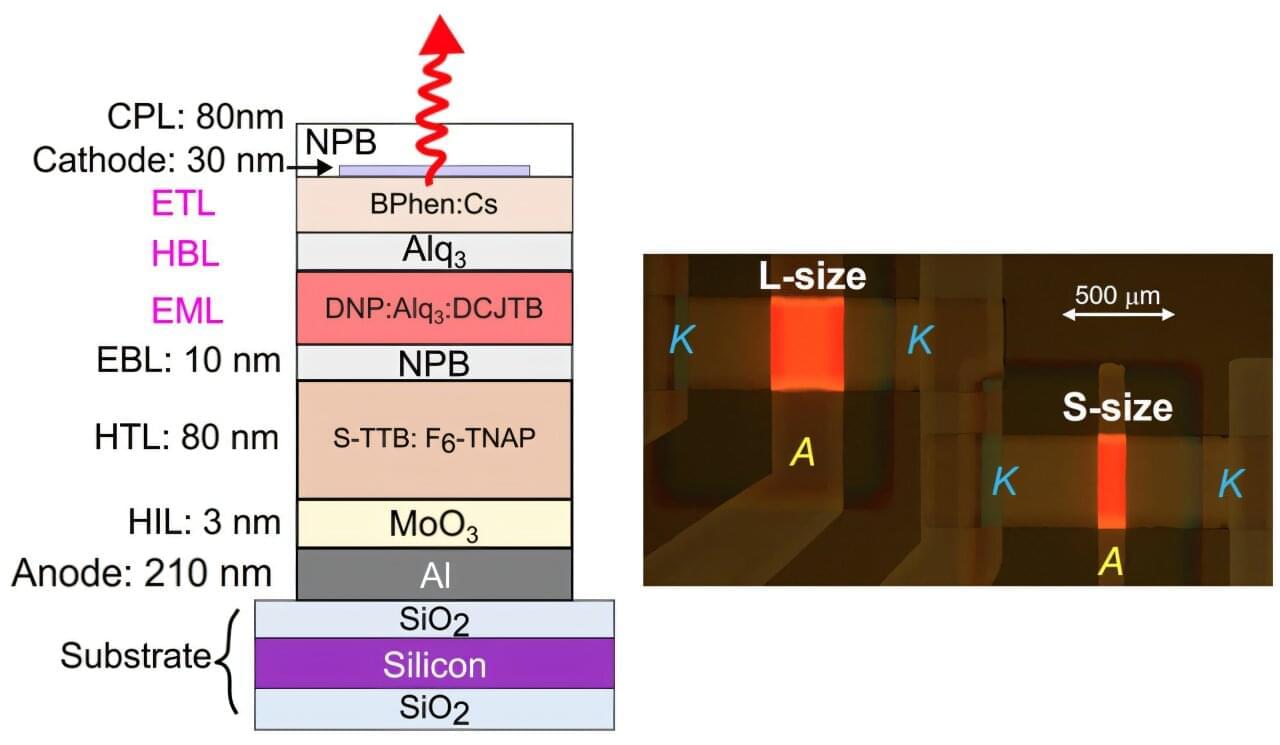
In the race to develop faster and more flexible wireless communication technologies, researchers are turning to an unexpected source: the same organic light-emitting diodes (OLEDs) found in smartphone screens and TVs.
A recent study by scientists at the University of St Andrews and the University of Cambridge, published in Advanced Photonics, shows that OLEDs can be engineered to transmit data at record-breaking speeds over surprisingly long distances—potentially transforming how we connect devices in the future.
The paper is titled “High-speed organic light-emitting diodes based on dinaphthylperylene achieving 4-Gbps communication.”
Many essential products, from smartphones and magnets to electric vehicles, semiconductors and wind turbines, need rare earth metals to perform.
The rapidly growing demand for these critical products has led to increased need for domestic production of rare earth elements (REEs). However, according to the U.S. Geological Survey, the nation is still lagging globally behind countries such as China, with just over 14% of the world’s REE raw ore production and none of the world’s refining capacity. Purdue University is changing this harsh reality by using its patented rare earth technology in a partnership with Indiana-based ReElement Technologies in an effort to narrow the gap between the U.S. and the rest of the world in this critical industry.
Indy-area company builds on cutting-edge Purdue technology to help narrow the international gap in essential area.
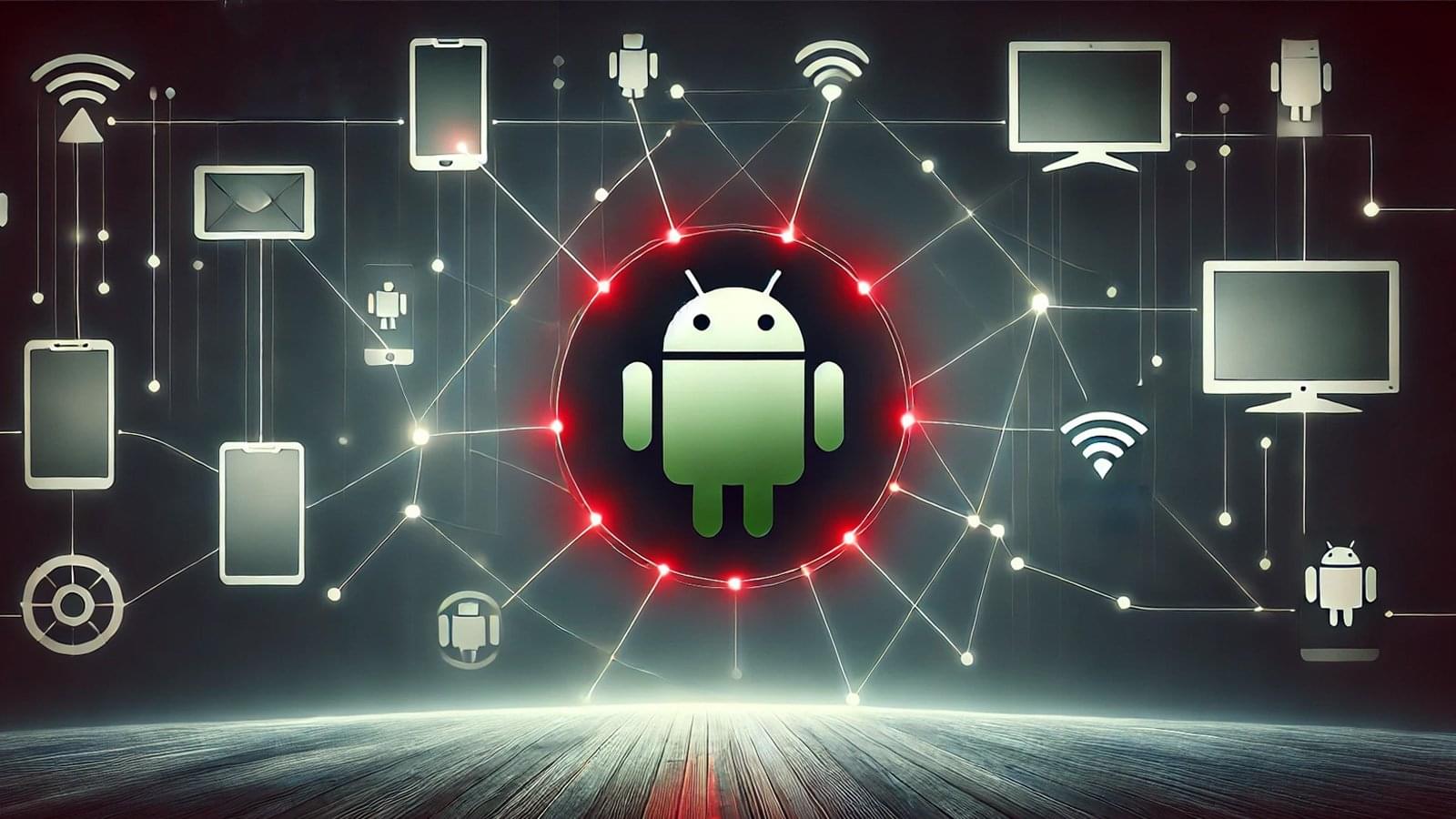
Google has filed a lawsuit against the anonymous operators of the Android BadBox 2.0 malware botnet, accusing them of running a global ad fraud scheme against the company’s advertising platforms.
The BadBox 2.0 malware botnet is a cybercrime operation that utilizes infected Android Open Source Project (AOSP) devices, including smart TVs, streaming boxes, and other connected devices that lack security protections, such as Google Play Protect.
These devices become infected either by threat actors purchasing low-cost AOSP devices, modifying the operating system to include the BadBox 2 malware, and then reselling them online, or by tricking users into downloading and installing malicious apps on their devices that contain the malware.
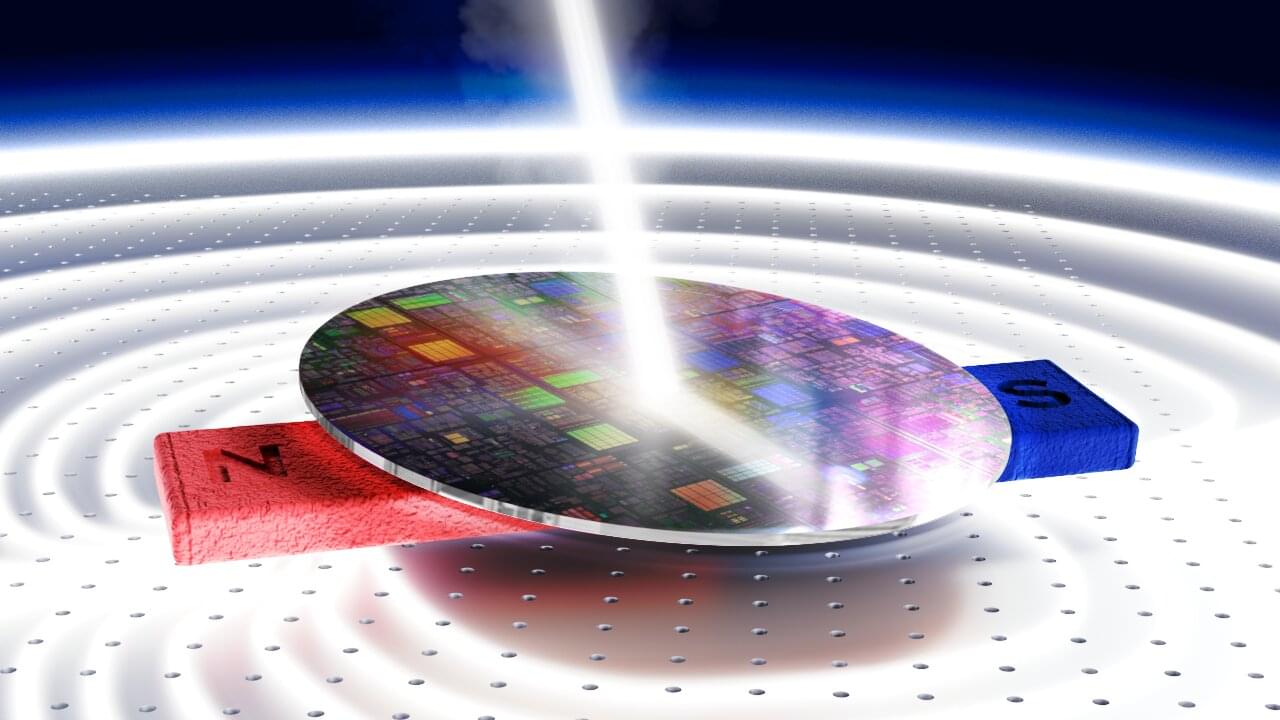
A team of scientists has developed a powerful new way to detect subtle magnetic signals in common metals like copper, gold, and aluminum—using nothing more than light and a clever technique. Their research, recently published in Nature Communications, could pave the way for advances in everything from smartphones to quantum computing.
For over a century, scientists have known that electric currents bend in a magnetic field—a phenomenon known as the Hall effect. In magnetic materials like iron, this effect is strong and well understood. But in ordinary, non-magnetic metals like copper or gold, the effect is much weaker.
In theory, a related phenomenon—the optical Hall effect—should help scientists visualize how electrons behave when light and magnetic fields interact. But at visible wavelengths, this effect has remained far too subtle to detect. The scientific world knew it was there, but lacked the tools to measure it.
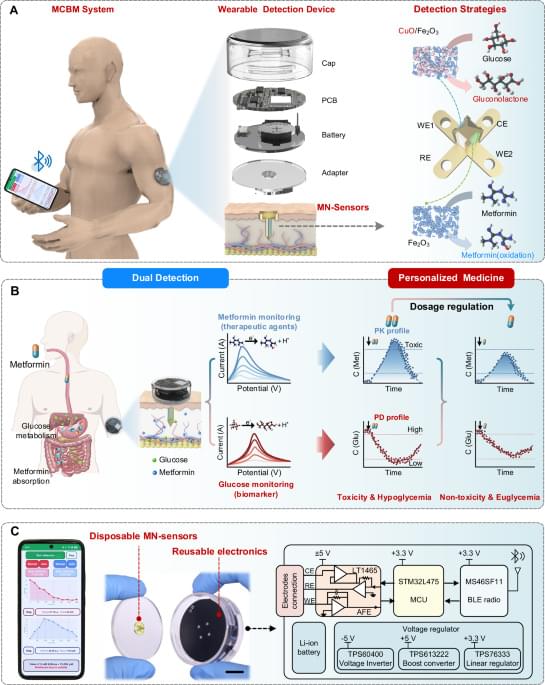
Precision and personalized medicine for disease management necessitates real-time, continuous monitoring of biomarkers and therapeutic drugs to adjust treatment regimens based on individual patient responses. This study introduces a wearable Microneedle-based Continuous Biomarker/Drug Monitoring (MCBM) system, designed for the simultaneous, in vivo pharmacokinetic and pharmacodynamic evaluation for diabetes. Utilizing a dual-sensor microneedle and a layer-by-layer nanoenzyme immobilization strategy, the MCBM system achieves high sensitivity and specificity in measuring glucose and metformin concentrations in skin interstitial fluid (ISF). Seamless integration with a smartphone application enables real-time data analysis and feedback, fostering a pharmacologically informed approach to diabetes management. The MCBM system’s validation and in vivo trials demonstrate its precise monitoring of glucose and metformin, offering a tool for personalized treatment adjustments. Its proven biocompatibility and safety suit long-term usage. This system advances personalized diabetes care, highlighting the move towards wearables that adjust drug dosages in real-time, enhancing precision and personalized medicine.
Real-time monitoring of drugs and biomarkers is essential for personalized diabetes care. Here, the authors present a wearable microneedle sensor system enabling simultaneous in vivo monitoring of glucose and metformin in interstitial fluids for personalized medicine.
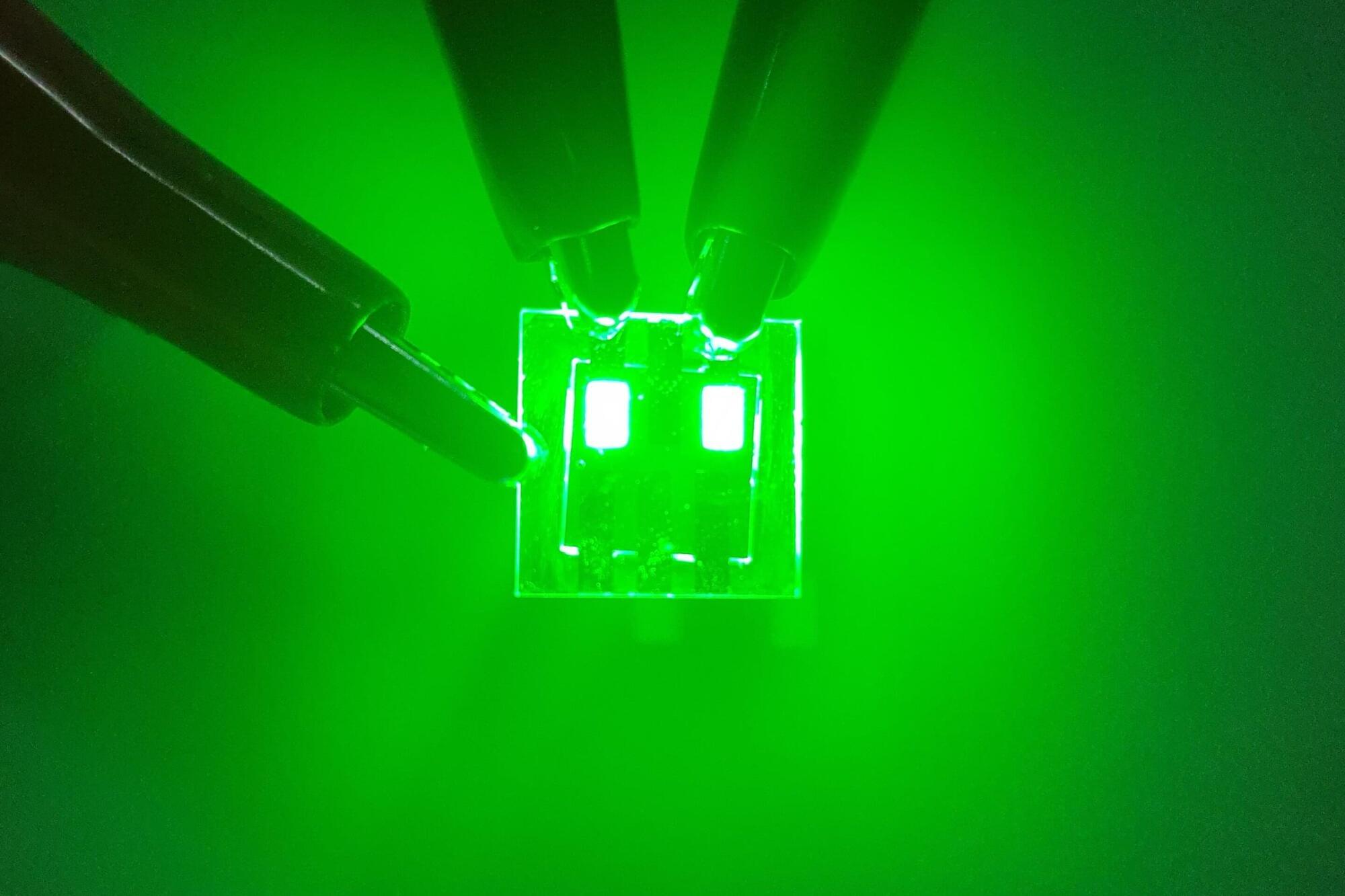
Researchers at the Hong Kong University of Science and Technology (HKUST) School of Engineering have cracked a major challenge in display technology by inventing the world’s brightest and most energy efficient quantum rod LEDs (QRLEDs). These next-generation QRLEDs feature optimized deep green emission at the top of the color triangle, enabling displays with unprecedented color purity and a maximized color gamut.
Boasting a longer lifespan and triple the brightness of previous models, these cutting-edge light sources deliver energy-efficient, ultra-vivid visuals for smartphones, televisions, and AR/VR devices while further enhancing color performance.
Light-emitting diodes (LEDs) have been widely used in electronic products for decades. Recent advancements in quantum materials have given rise to quantum dot LEDs (QLEDs) and QRLEDs. Both offer narrow emission bandwidths and high color purity, surpassing traditional LEDs. Among these, QRLEDs excel with higher light outcoupling efficiency.